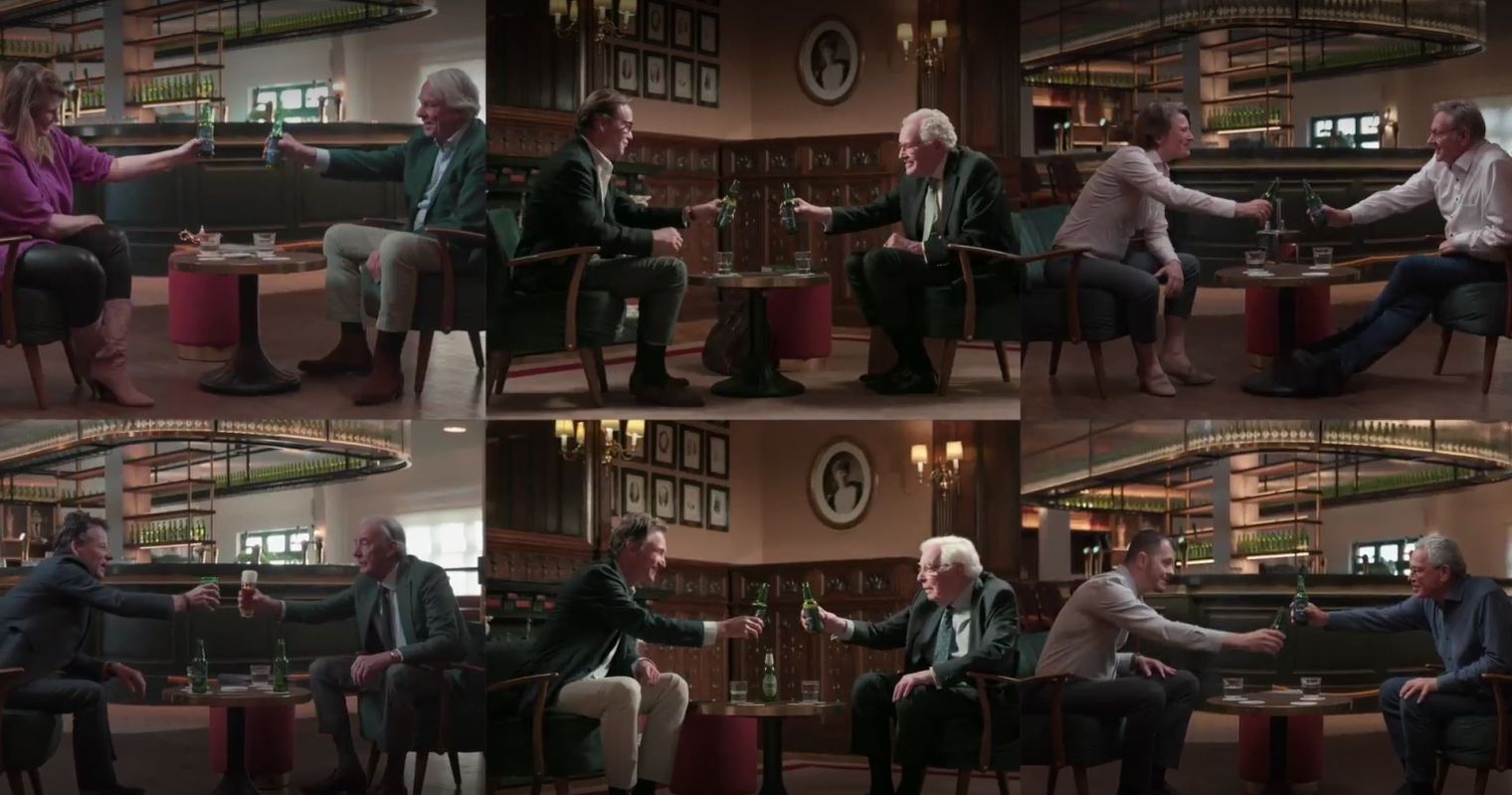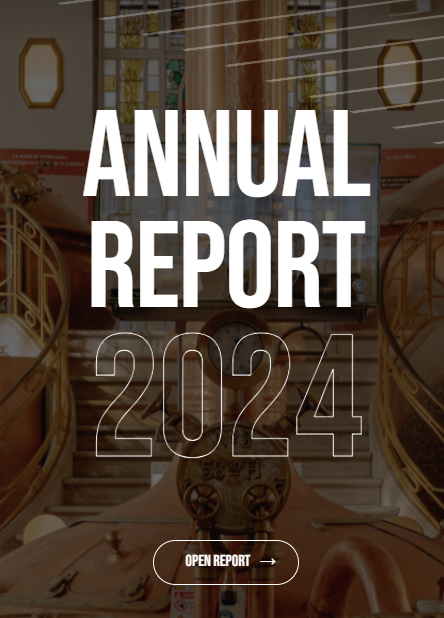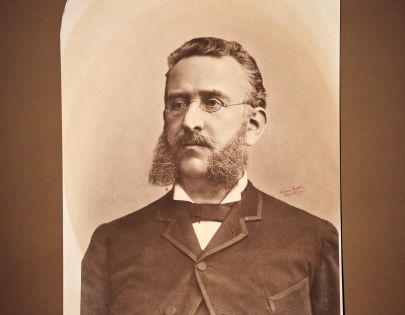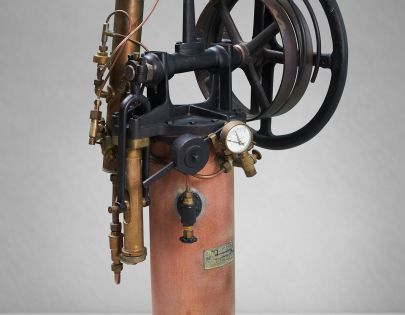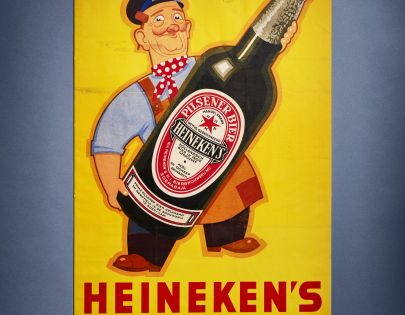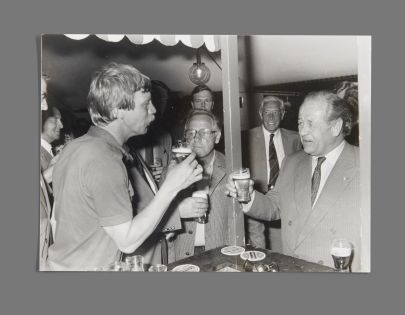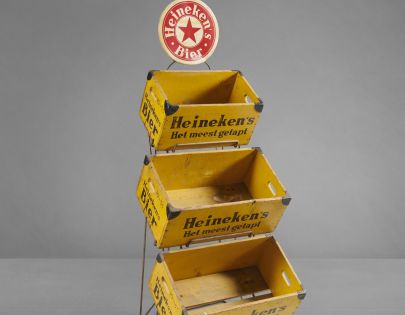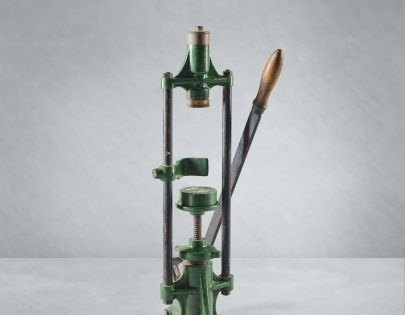Collection
ANNUAL REPORT 2024
Our Annual Report 2024 is available online. Click on the image to see what we have been up to in 2024.
Stars
Stars of the collection
-

Self-made brewer
In the 19th century, the Amsterdam brewery De Hooiberg (Haystack) supplied top-fermented beer, such as the well-known…
-

With fizz
Without carbonation, there is no beer – every enthusiast will attest to that. Anyone who has taken a sip from a long-forgotten…
-

To the Far East
In this poster from 1939, brewer’s assistant Kobus proudly presents a beer bottle from the Heineken Brewery in Surabaya on Java,…
-

Touching base with beer
It is 1 June 1982. Alfred Henry Heineken , better known as Freddy, raises a toast in the Amsterdam Heineken Brewery on the…
-

Crates of draught beer
It is hard to imagine that long ago Heineken delivered bottled beer in wooden crates. This shop display recalls those days. How…
-

Handwork
This hand-operated crown-capping machine tells the tale of beer bottling. In the beginning, breweries bottled on a small scale…
